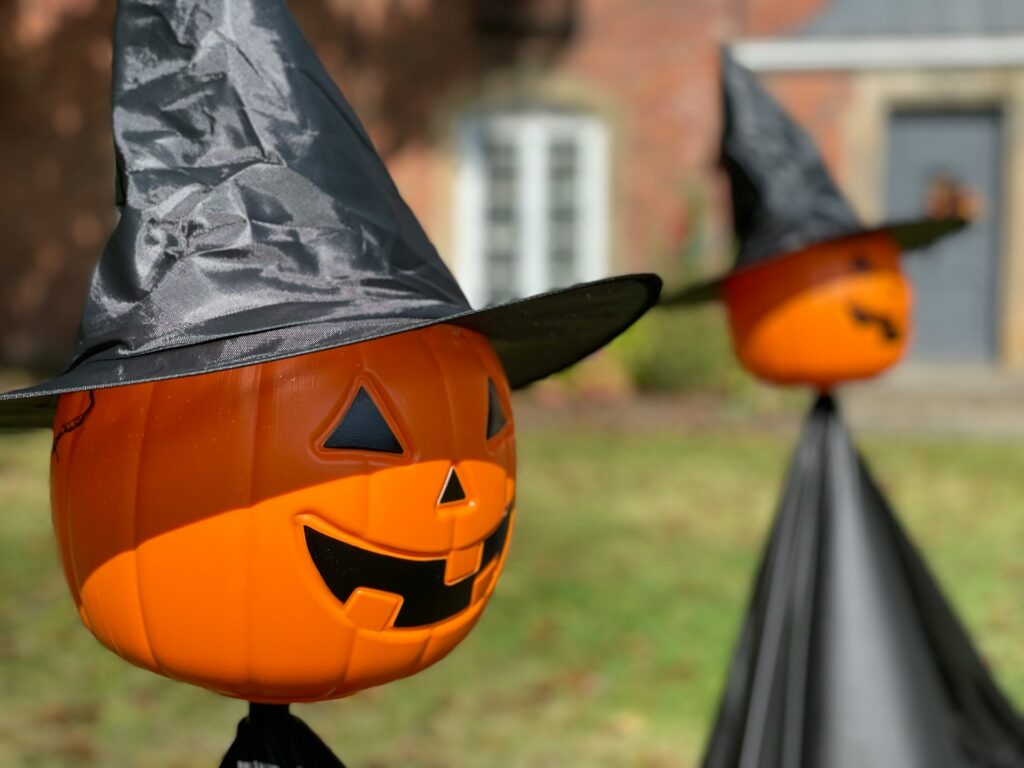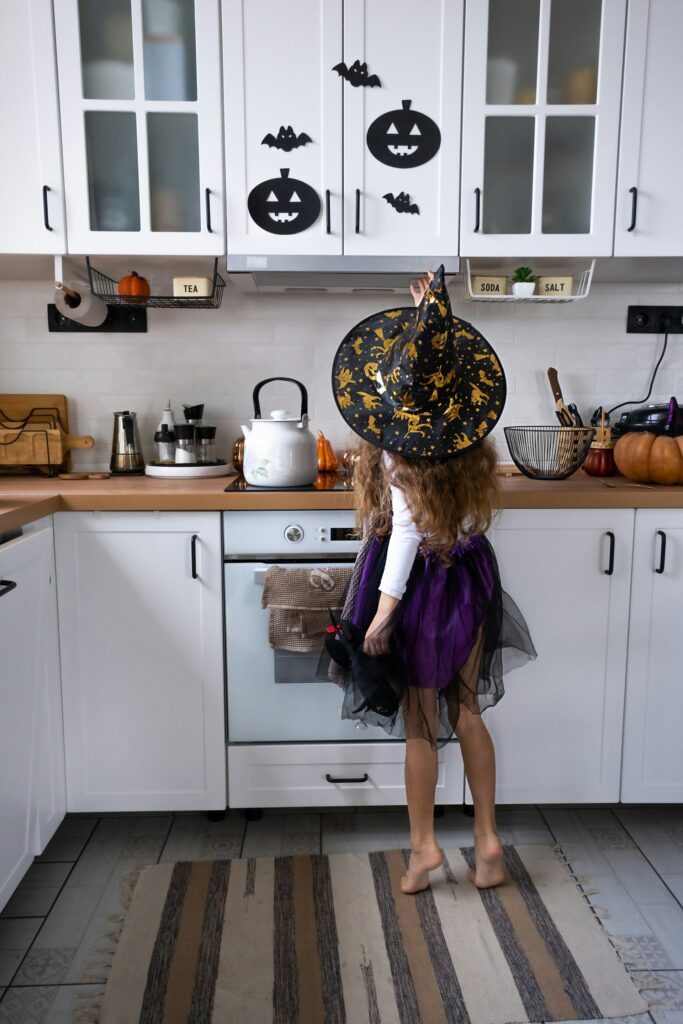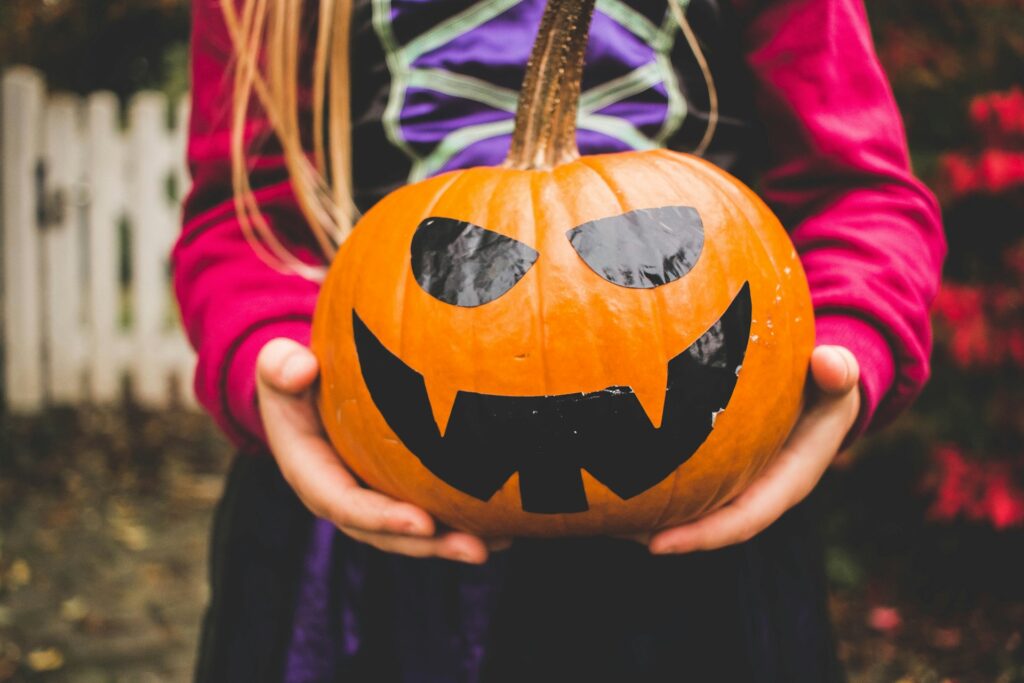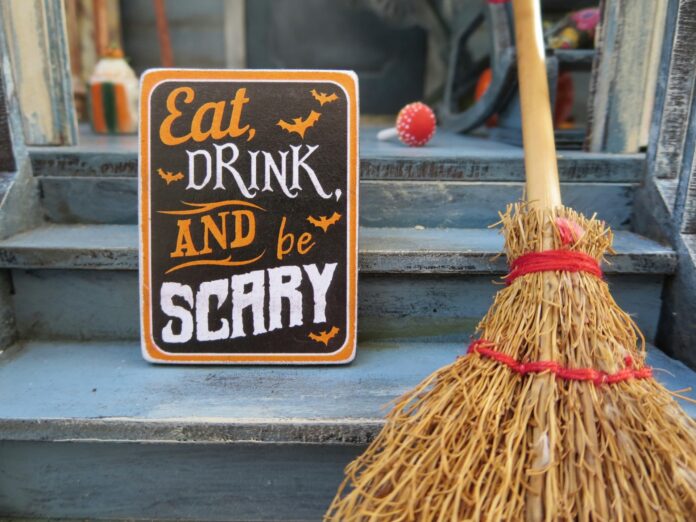by Mara Taylor
As the days of October shorten, houses donning elaborate decorations, and stores filled with costumes and candy remind us that Halloween is approaching. For many, this festival is a time of fun, creativity, and community. Children dress up, families carve pumpkins, and entire neighborhoods come together in a shared sense of celebration. Yet beneath the surface of this seemingly universal festivity lies a troubling reality—Halloween, like many cultural events in society, is marked by significant economic and social inequalities.
One of the most visible forms of inequality during Halloween is economic. The National Retail Federation (NRF) reported that Americans were expected to spend over $10 billion on Halloween, with a significant portion of this expenditure allocated to costumes, decorations, and candy. For middle-class and affluent families, this spending might seem trivial or simply part of the annual ritual. Yet for low-income families, the financial burden of participating in Halloween festivities can be overwhelming.
Children from wealthier families can afford elaborate and often store-bought costumes, which in turn become symbols of social status. The pressure to conform to popular culture and wear costumes reflecting the latest movie or TV characters often forces families to either stretch their budgets or face social exclusion. This can exacerbate feelings of inequality, especially in school settings, where costume parades and classroom parties showcase disparities in spending power.
In contrast, families who cannot afford these luxuries might resort to homemade costumes, which—while creative—may still leave children feeling left out or less valued. The commercialization of Halloween has, in many ways, transformed a once grassroots celebration into a highly commodified event, where participation is increasingly tied to financial ability.

“Halloween is not a homogenous celebration with a fixed meaning”, says anthropologist Marcelo Pisarro. “It is constantly being negotiated, challenged, and debated. Halloween occupies a ‘contact zone’, as defined by linguist Mary Louise Pratt, where disparate cultures meet, clash, and grapple, often in highly asymmetrical relationships of domination and subordination”.
Pisarro examines Halloween celebrations in a middle-class, predominantly white neighborhood in Columbia, South Carolina. He argues that Halloween, despite its seeming universality, is a highly negotiated and contested event, revealing social, economic, racial, and cultural inequalities. He uses the example of a young black girl collecting candy with a plastic Walmart bag to illustrate the disparities that persist in the consumption rituals of Halloween, highlighting how even seemingly innocuous acts like handing out candy can reinforce societal hierarchies.
“In the American South, Halloween takes on unique forms of exclusion and subordination”, he says. “Halloween is a celebration centered on consumption. It is enjoyable and exciting, but the abundance of commercially available costumes and decorations can create pressure to participate and potentially exclude those who cannot afford them”. Pisarro argues that the holiday is driven by a “monstrous machinery” that compels participation, even in the form of opting out: not participating, he says, is a way of participating.
A monstrous machinery
Inequality is also geographically and spatially manifested during Halloween. In affluent suburban neighborhoods, children enjoy trick-or-treating in areas where homes are not only generously decorated but are also stocked with premium candies and treats. These areas are often perceived as safe, and parents feel comfortable allowing their children to roam freely, knowing that community trust is high and that the event will be well-organized.
In contrast, for families living in economically disadvantaged or urban areas, Halloween can take on a very different character. Safety concerns may prevent children from participating in trick-or-treating altogether. In many cities, the risks of crime, traffic, or poor lighting in certain neighborhoods force parents to either keep their children indoors or seek out alternative, controlled environments, such as mall trick-or-treating events or school-organized Halloween parties. These alternative spaces, while providing some level of participation, often lack the community engagement and spontaneity of traditional door-to-door trick-or-treating.

This geographic divide in Halloween celebrations underscores broader societal inequalities. In many ways, Halloween becomes a microcosm of the disparities between suburban wealth and urban poverty, highlighting how access to safe and enjoyable communal spaces is not equally distributed.
Halloween’s cultural significance is also not experienced equally across different racial and ethnic groups. For some communities, the imagery and themes of Halloween—ghosts, witches, and horror—may conflict with religious or cultural beliefs. Many evangelical Christian groups, for example, have historically been critical of Halloween, associating it with paganism or the occult. Others, particularly in Latino communities, may choose to celebrate Día de los Muertos (Day of the Dead), a holiday that honors deceased ancestors and emphasizes remembrance and family over the spooky or commercialized aspects of Halloween.
These cultural variations in how, or even if, Halloween is celebrated reflect broader questions of inclusion and representation. Halloween, as it is portrayed in mainstream American media and culture, tends to reflect a predominantly white, suburban, and middle-class vision of the holiday. This can alienate those whose cultural practices differ, as they may feel pressure to conform to a version of the holiday that does not reflect their values or traditions.
A truly inclusive celebration
If Halloween is to remain a celebration of community and creativity, we must address the inequalities that currently permeate its festivities. Schools and community organizations can play a key role by promoting inclusivity in Halloween events. This might involve hosting costume swaps or providing materials for families to create costumes, ensuring that no child feels left out due to financial constraints. Public spaces, such as parks and community centers, can be leveraged to create safe, communal trick-or-treating environments, especially in areas where safety is a concern.

Furthermore, we need to foster a broader conversation about the cultural representation in Halloween festivities. By recognizing and respecting diverse traditions, such as Día de los Muertos, and encouraging educational programs that celebrate these differences, we can make Halloween a more inclusive event for all. Acknowledging these disparities is the first step toward creating a more equitable celebration—one that does not perpetuate social divides but rather strengthens the bonds of community.
Anthropologist Pisarro suggests that the pumpkin smashers, individuals who vandalize pumpkins, might offer a different perspective on the holiday: Halloween as a microcosm of American society, exposing the contradictions between idealized notions of inclusion and the persistence of social and economic inequalities. He encourages a critical examination of the holiday’s rituals and the ways in which they both reflect and perpetuate societal norms.
Halloween, with all its playful costumes and spooky charm, holds the potential to be a truly inclusive celebration of imagination and community. Yet, as with many cultural events, it reflects the underlying inequalities of the society in which it is embedded. By addressing the economic, spatial, and cultural disparities that characterize Halloween, we can work toward a more inclusive and equitable celebration. Only then can Halloween truly fulfill its promise of being a holiday for everyone, regardless of socioeconomic or cultural background.
